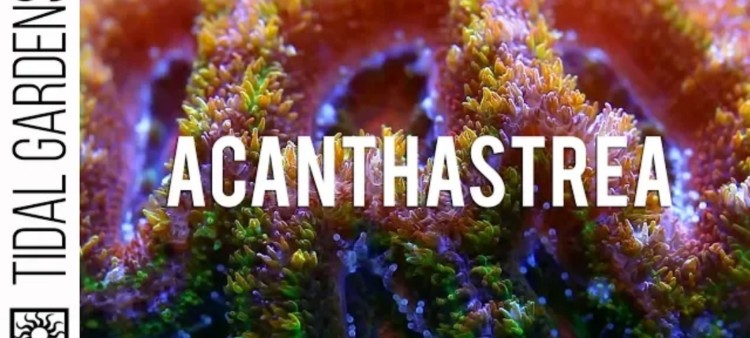Acan: Complete Feeding and Propagating Guide
- Oct 11, 2021
- Anshika Mishra
- 216 0 0

Acanthastrea, in the past couple of years, has quickly become one of the most popular stony corals. This is because they come in a fantastic array of colors and can be propagated easily. In fact, they can be propagated so easily that they can be pretty much as common as Xenia by now.
Suddenly though, many hobbyists started losing their Acans. So half of this article is going to cover propagation, but the other half is going to be on care tips.
Feeding and Caring
The thing about Acans is that they are less sensitive to flow or light. So they can do well in both calm and strong flow. They can also be kept in a wide variety of light conditions, though they tend to do a little bit better when it is not too bright.
Once you start feeding diligently, however, your success rate will soar way up with these corals. When providing these corals, you want to initially spray them with a trace amount to initiate their feeding response. Once they have their feeding tentacles out, you can feed a large quantity of meaty food such a Krill or Mysis shrimp.
You may also be surprised at how much food they can consume. Once I get fed regularly, they will keep their feeding tentacles out for most of the day.
This may be anecdotal, but it is a sign of good health because this way, these colonies will have fewer health problems.
Propagation
Propagating can is very easy because they tend to heal well from cutting. You can use a pair of bone cutters, but it can occasionally make a messy cut. Of course, you can buy a saw too, but if you are willing to propagate corals frequently, they really are a time saver and can quickly make up their cost.
If anything, the most time-consuming part of having a saw is cleaning it once you are done, it doesn't rust. Once the cuts are made, you can give the corals a dip in iodine.
Actions are susceptible to some pretty nasty bacterial infection, so a brief iodine bath goes a long way to preventing die-off from cutting.
After the soak in iodine, you can pat the corals dry and glue them to a substrate. For substrate, we recommend using frag discs, but anything with a nice base will work.
Finally, you are all done and now can reintroduce the Acan frags that have been mounted back into the aquariums. Cut them small to take advantage of the way Acans tend to grow. They develop on the colony's edge, so a single head can quickly multiply because the entire polyp is essentially the edge.






About author